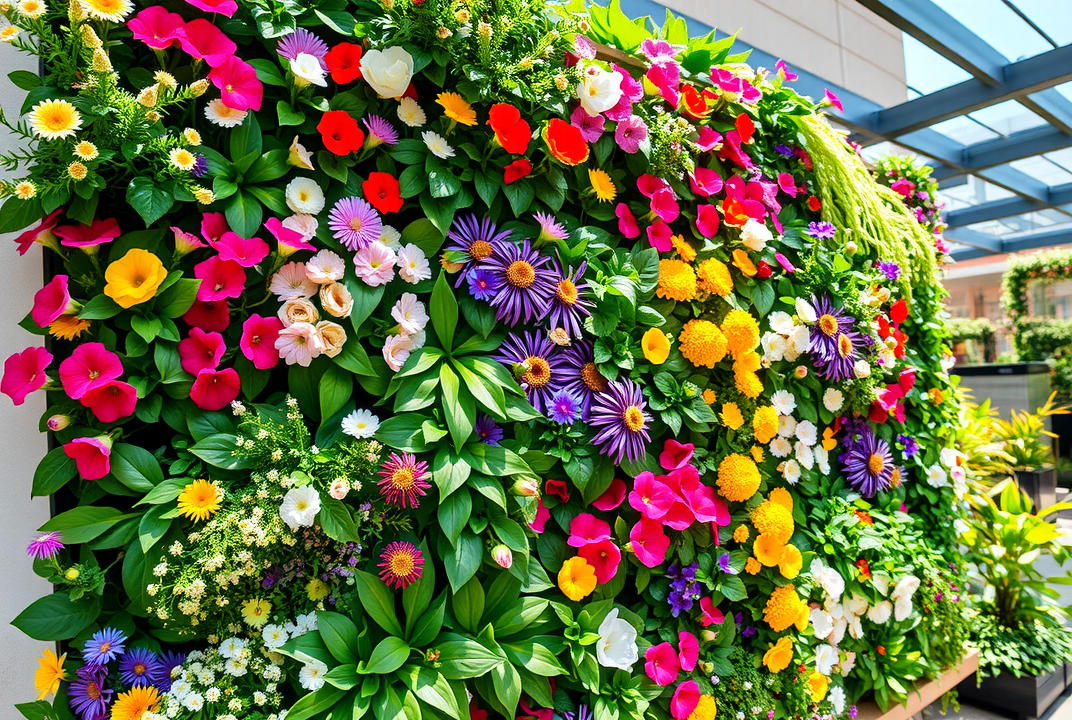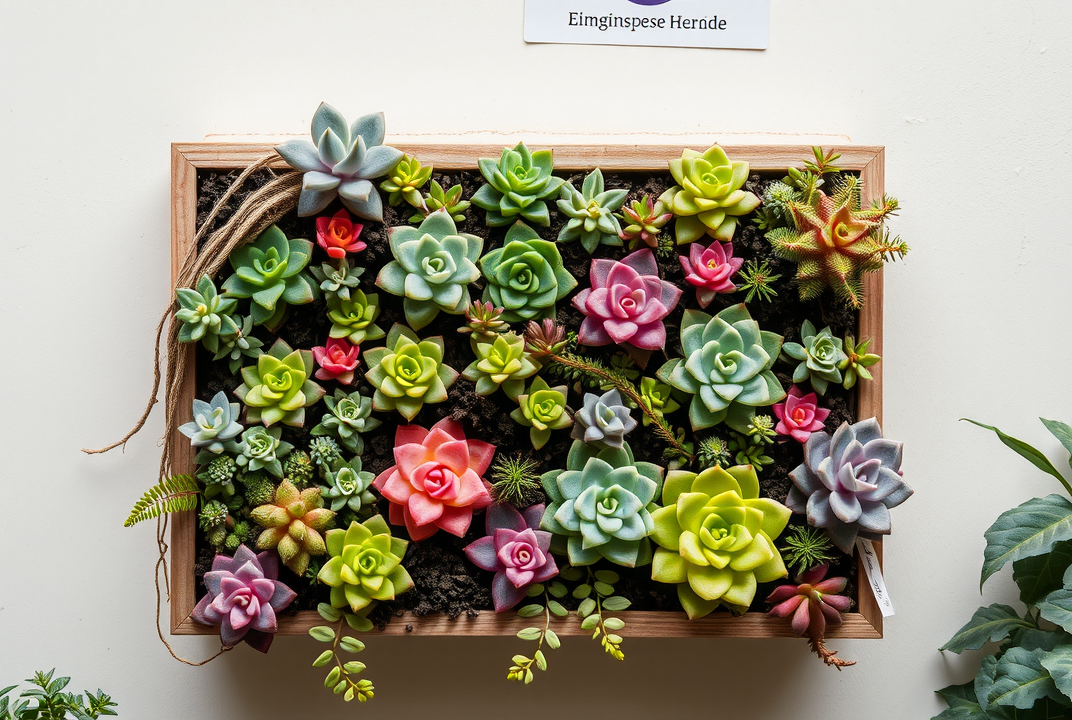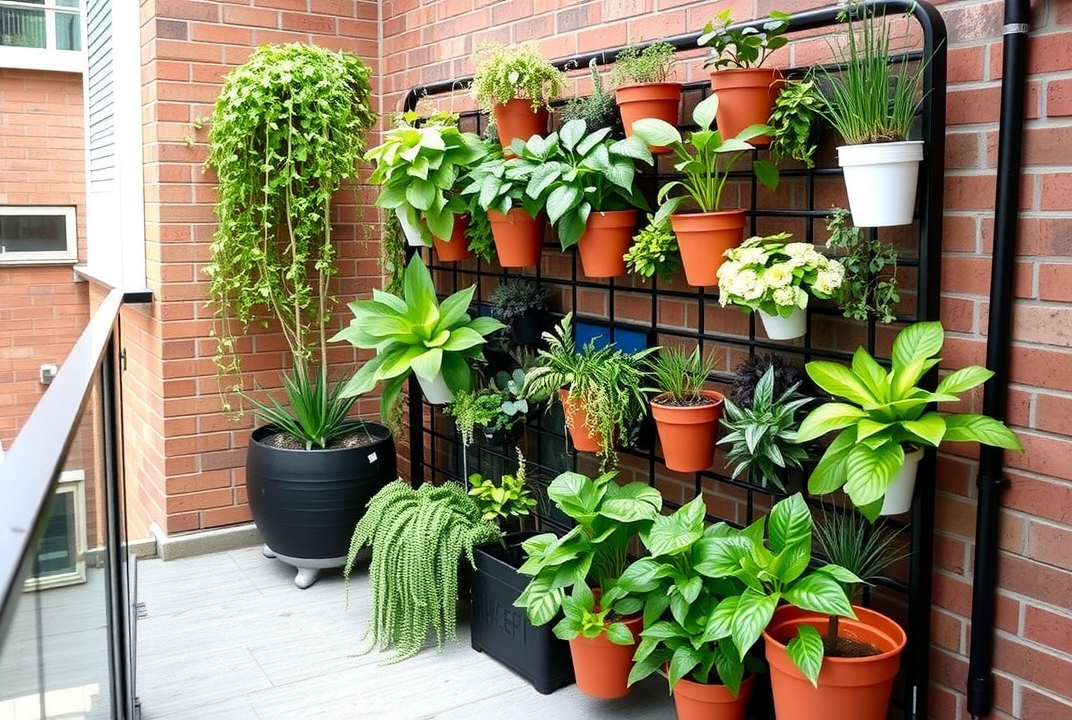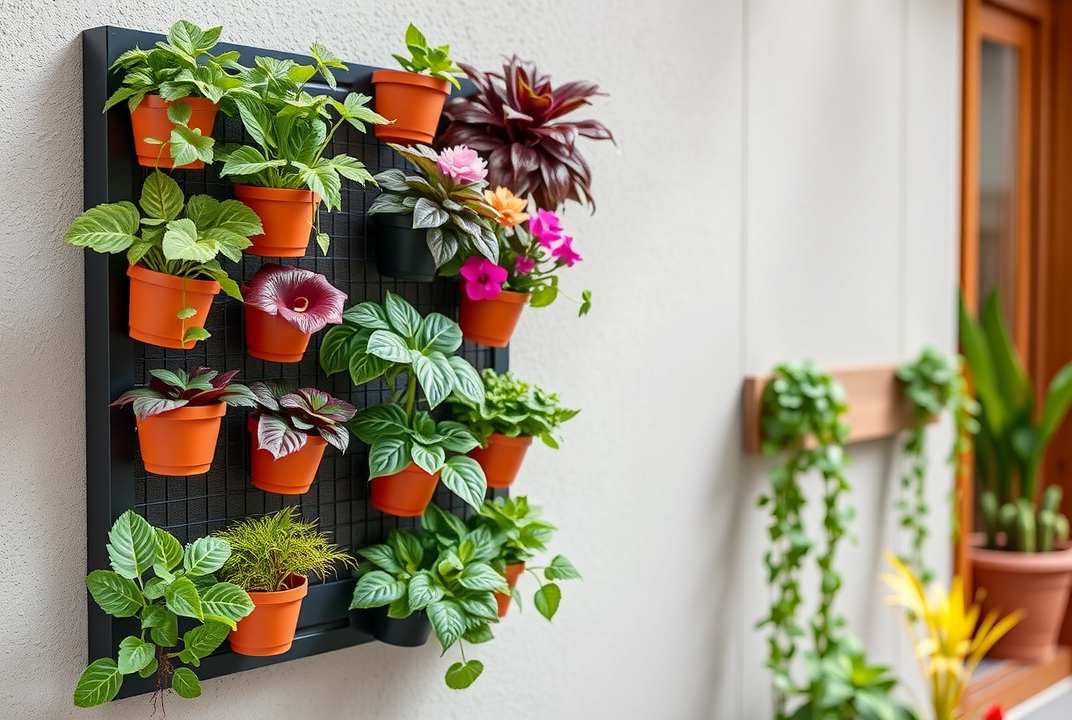Mastering Vertical Gardening: Strategies for Success

Introduction
Ever wondered how you can have a flourishing garden in a limited space? Vertical gardens can be the solution, transforming not only aesthetics but also maximizing plant growth in confined areas. Whether you're an urban dweller with a small balcony or a homeowner seeking to bring life to an empty wall, vertical gardening can be an impactful approach. This guide will cover everything you need to know about maintaining a vertical garden, from choosing the right plants to ensuring effective irrigation, and more.
In this article, you'll learn:
-
The essentials of vertical gardening.
-
How to select the right plants and structures.
-
Practical tips for watering and maintaining plant health.
-
Creative designs for maximizing space.

Understanding Vertical Gardens
What is Vertical Gardening?
Vertical gardening involves growing plants in upward-angled structures or containers, making optimal use of available vertical space. Originating from ancient practices, this method has gained popularity in urban settings where horizontal space is a premium.
Benefits of Vertical Gardens
Vertical gardens are not just visually appealing; they are practical as well. They provide a chance to grow fresh produce and flowers without requiring much land. Moreover, they contribute to improved air quality and provide insulation against temperature fluctuations.

Selecting the Right Plants
Plant Types Suited for Vertical Gardens
Choosing the right plants is critical for a successful vertical garden. Opt for varieties that thrive in your local climate and are suited to vertical growth habits. Herbs like basil, mint, and thyme, along with leafy greens such as spinach and kale, are splendid choices.
Flowering and Aesthetic Options
If aesthetics are your primary concern, consider flowering plants or decorative foliage. Plants like ferns, bromeliads, and succulents can add texture and color to your garden.
Structuring Your Vertical Garden
Building Your Structure
The structure of your vertical garden can range from simple wooden pallets to sophisticated hydroponic systems. Consider the weight, location, and type of plants while selecting the structure.
-
Pallets and Pocket Planters: Ideal for small herbs and flowers.
-
Tower Gardens: Suitable for a more intensive agricultural approach.
-
Hydroponics: Best for tech-savvy gardeners willing to invest in setups.
Wall-Mount or Free Standing?
Think about whether a wall-mounted or freestanding design fits your space and needs. Wall-mounted gardens can save space, while freestanding setups may offer easier access and maintenance.

Irrigation and Fertilization Techniques
Establishing an Efficient Watering System
Vertical gardens require a unique approach to irrigation to ensure even water distribution. Drip irrigation systems or a capillary matting technique can be beneficial.
Fertilization Strategies
Use a balanced, slow-release fertilizer throughout the growing season to maintain healthy plant growth. Monitor nutrient levels, as vertical systems can sometimes lead to faster nutrient depletion.
Maintaining Plant Health
Pruning and Harvesting
Regular pruning ensures that plants do not become overcrowded and receive adequate light and air circulation. Harvest crops like herbs frequently to promote new growth.
Pest Management
Monitor for pests that might affect plant health. Natural insect repellents and organic treatments can help manage unwanted visitors without harmful chemicals.

Creative Design Ideas
Maximizing Small Spaces
In confined spaces, creativity can make all the difference. Use vertical space efficiently by stacking potting trays or employing terraced designs.
Incorporating Existing Structures
Leverage existing fences or walls by adding hanging planters or shelving. Vertical garden trellises can also provide an appealing, rustic look while supporting vine growth.
Conclusion
Vertical gardening offers an innovative way to cultivate plants in limited spaces, delivering both beauty and sustainability. By selecting the right plants, structuring effectively, and maintaining proper care, anyone can master vertical garden maintenance. Now's the time to transform your space—begin your vertical gardening journey today!